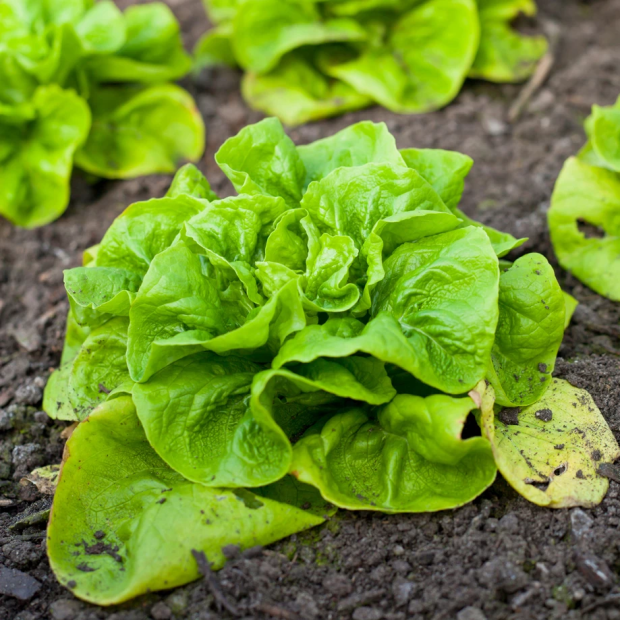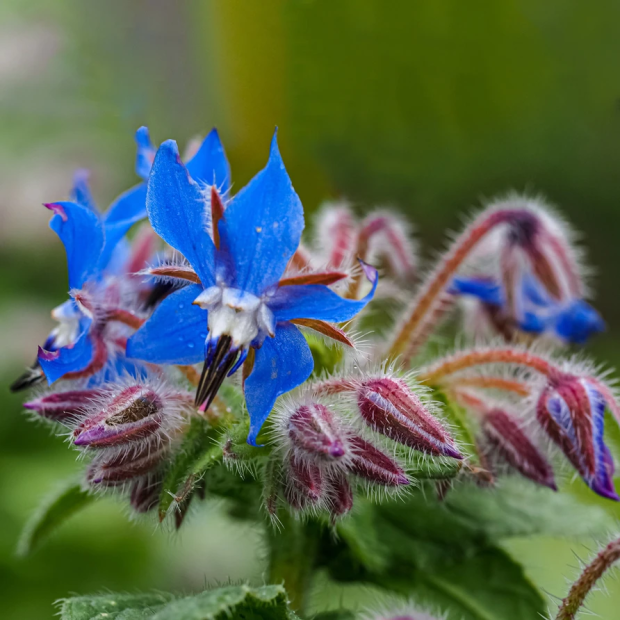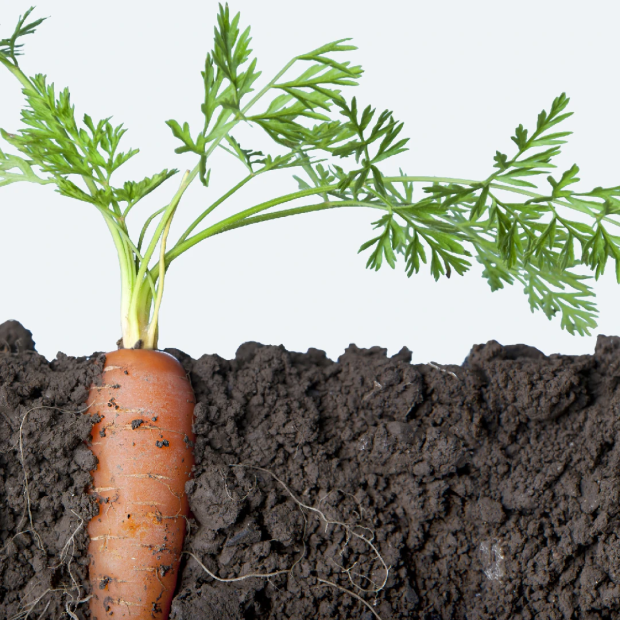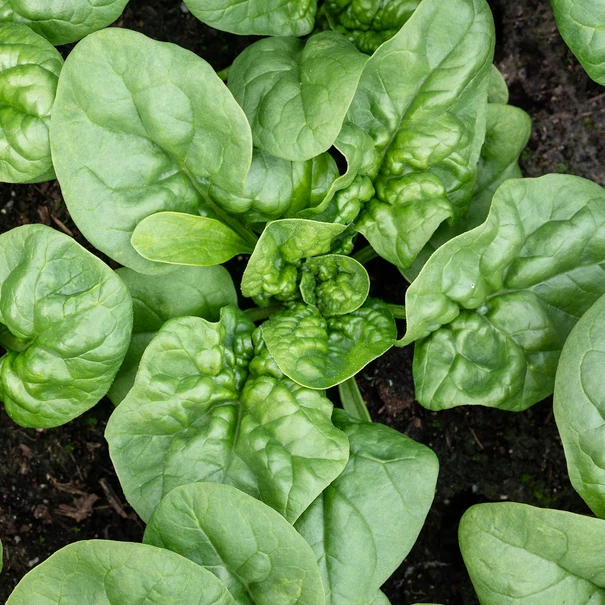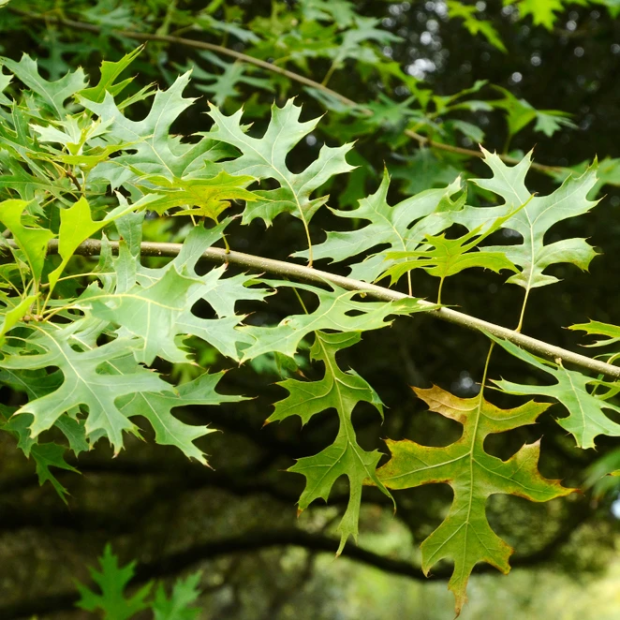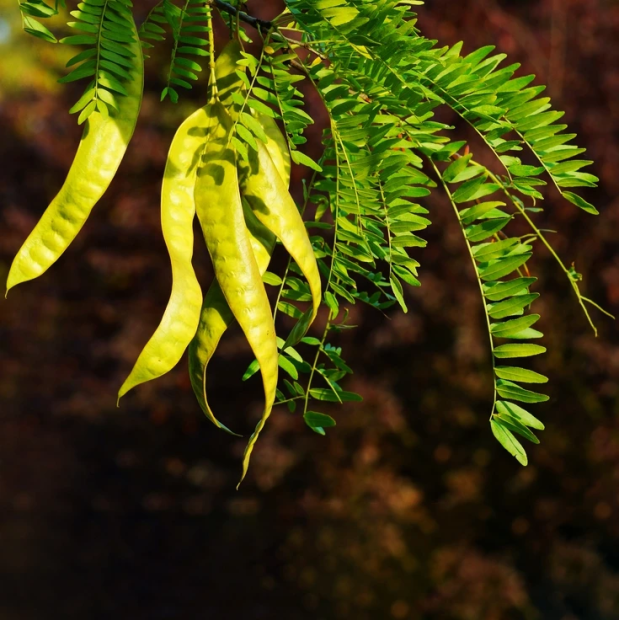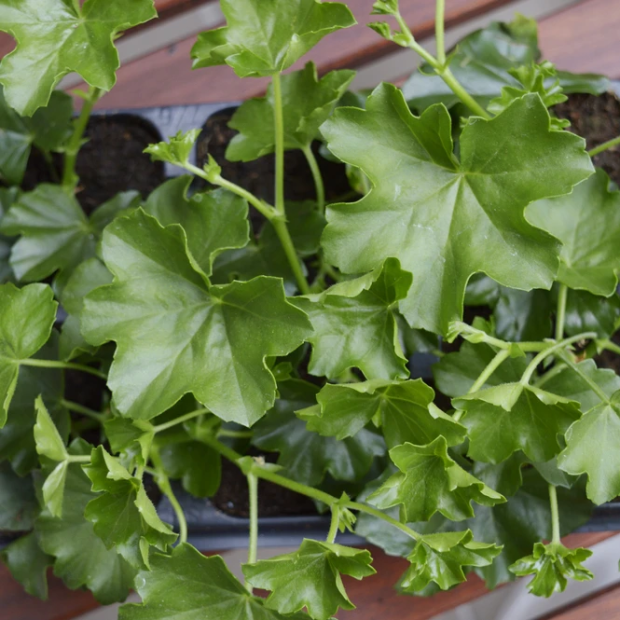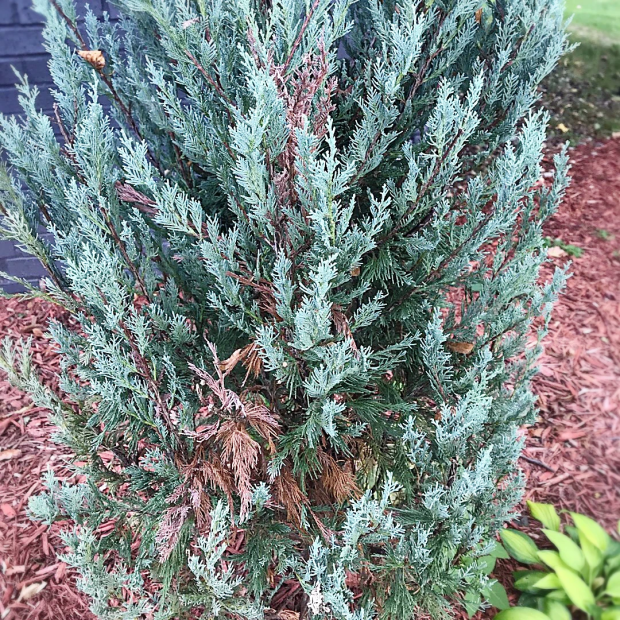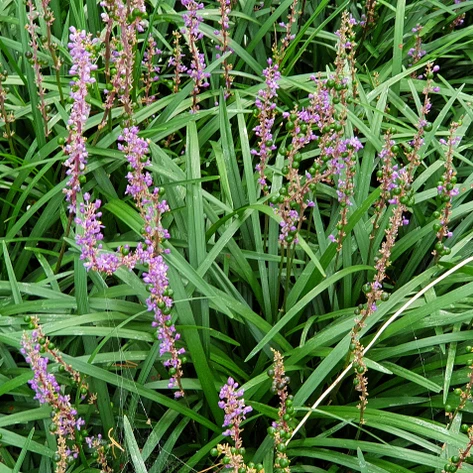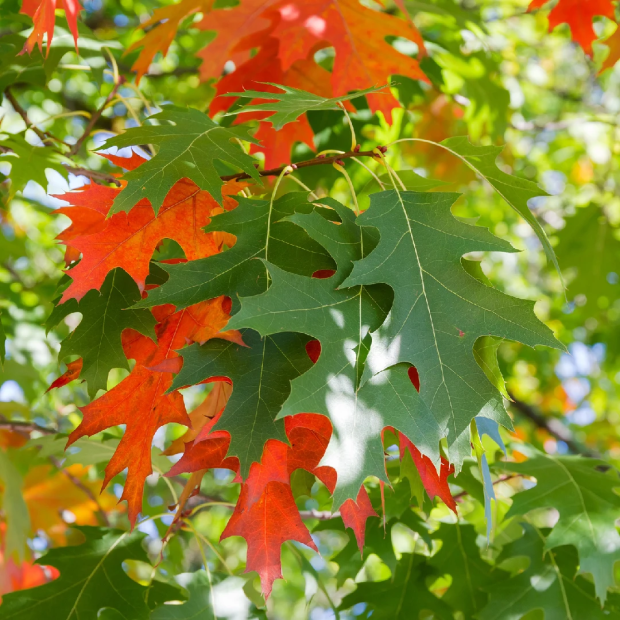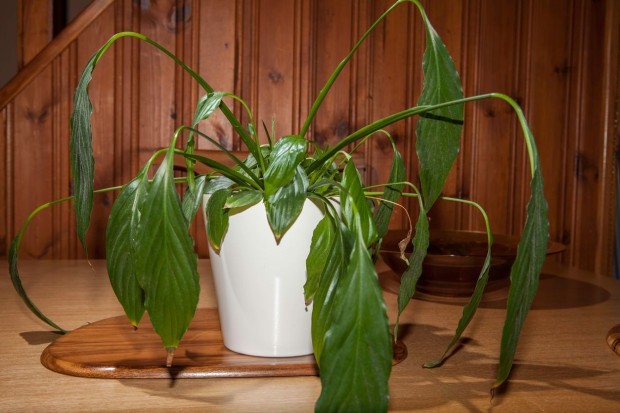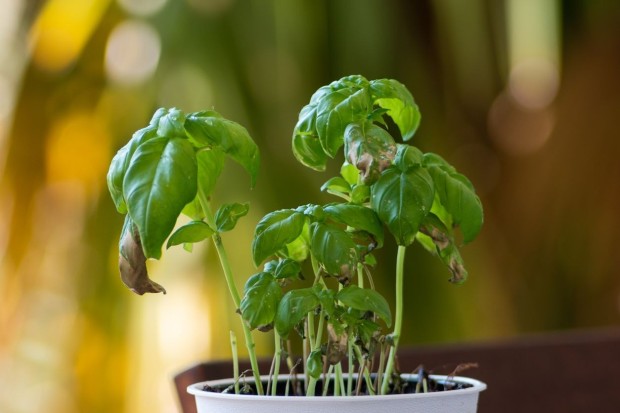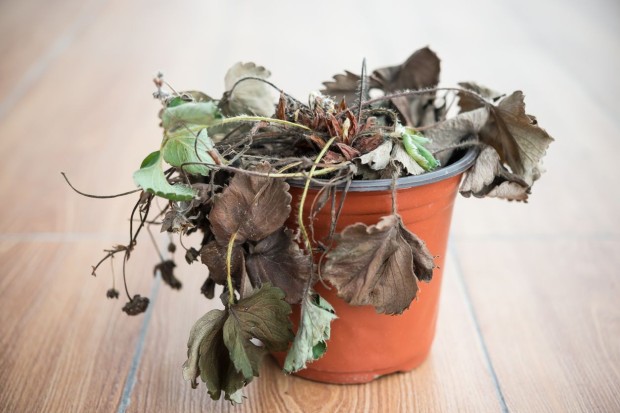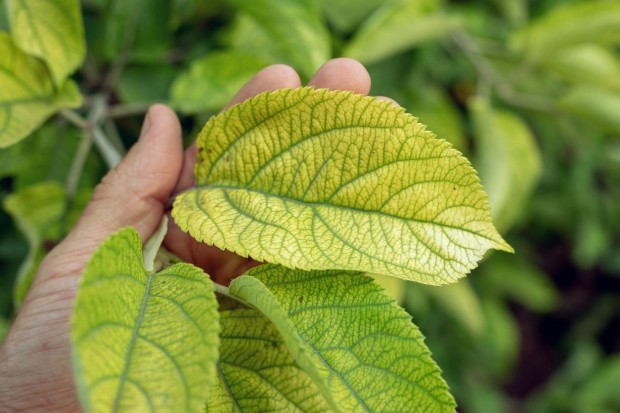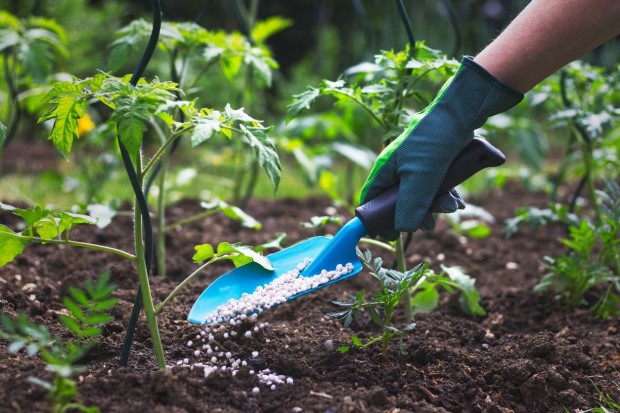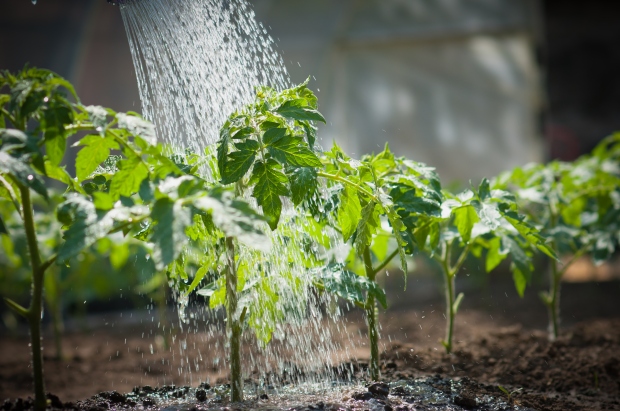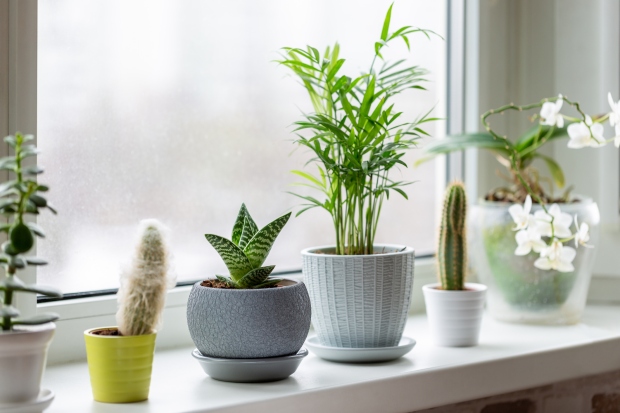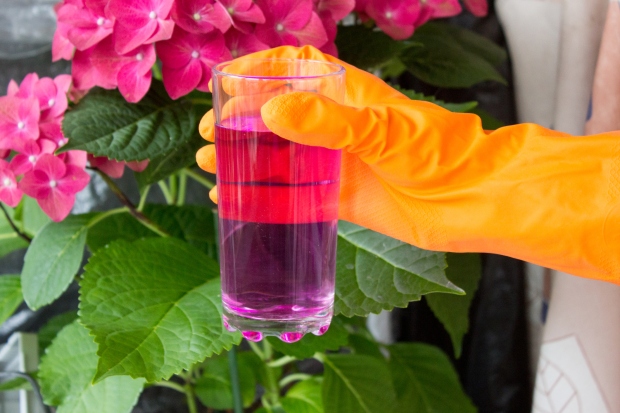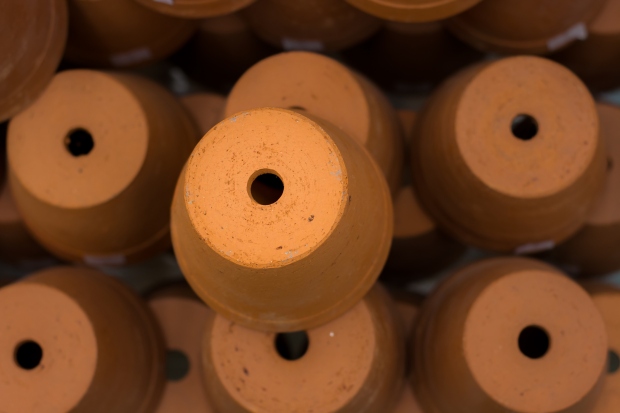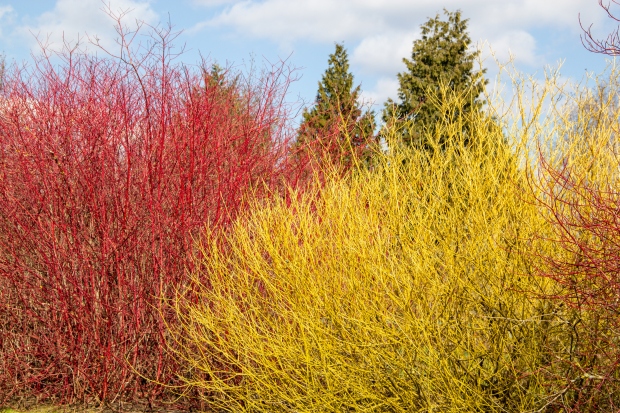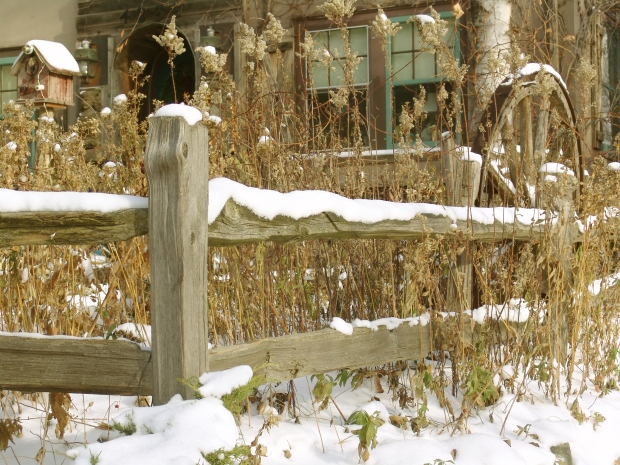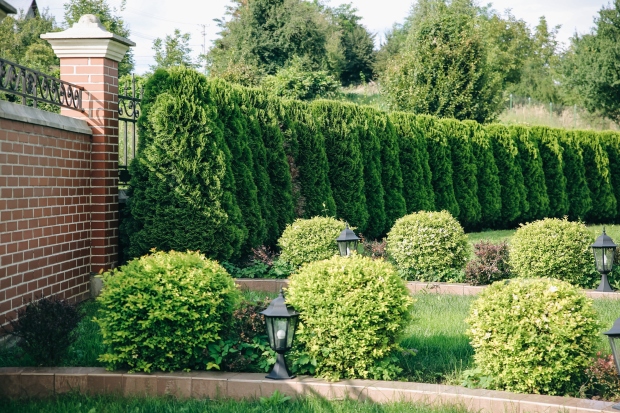7 Species of Daisies for Your Flower Garden
Few flowering plants are as popular and recognizable as daisies. These plants also come in several different interesting varieties, seven of which we’ll cover in this article. Read on to find your favorite.
Barberton daisy

The Barberton daisy produces bright, attractive flowers. It is native to Southeastern Africa and has become increasingly popular as a house plant far outside its home range. The South African province of Mpumalanga includes the Barberton daisy on its flag and coat of arms.
Oxeye daisy

Leucanthemum vulgare is a very adaptable perennial herb native to Eurasia, commonly known as Oxeye daisy. It is widely cultivated as an ornamental plant. Oxeye daisy is a common weed in lawns and crop plants. It is also considered an invasive species in some areas in the world.
Common daisy

The Common daisy produces iconic flowers that are seen in European and American folklore dating back centuries. It is often a representation of childlike innocence. The plant is edible and can be used in small quantities in salads, sandwiches, soups, or tea. However, it can also become toxic and cause digestive problems if eaten in quantity.
Marguerite daisy
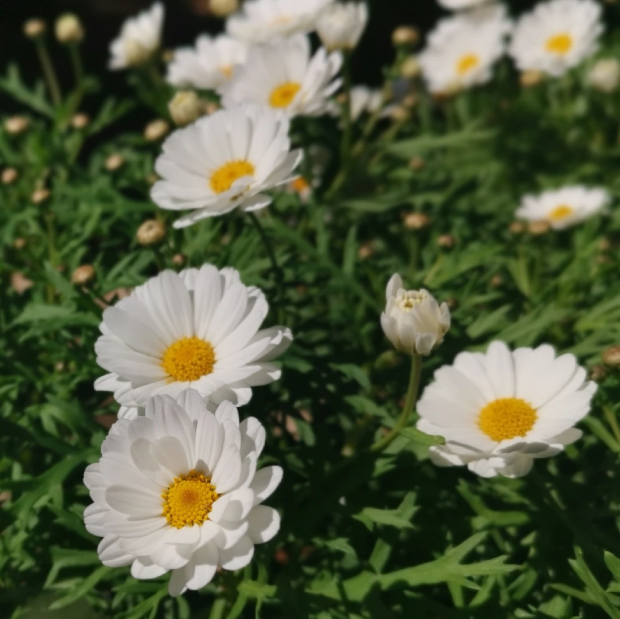
Marguerite daisy (Argyranthemum frutescens) is a perennial flowering shrub that attracts butterflies and bees. This daisy is a prolific bloomer and will bloom again. It grows best in full sunlight to partial shade and is heat tolerant.
Blue daisy
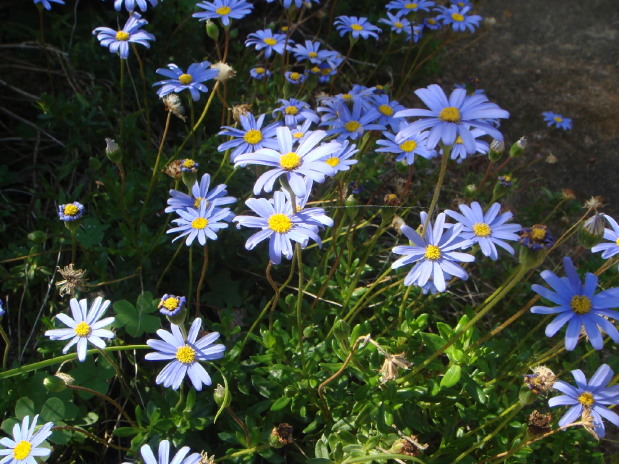
Blue daisy (Felicia amelloides) is an evergreen perennial that is native to the coasts of South Africa. In the 19th century it was introduced to Europe as an ornamental plant and is still commonly cultivated for its vivid flowers. It does well in moist, well-drained soils and in full sun. It dislikes humid conditions.
Pyrethrum
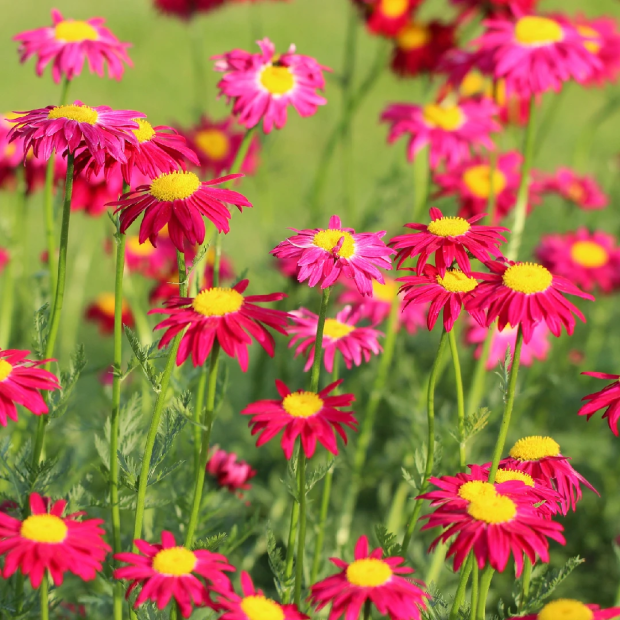
Pyrethrum (Tanacetum coccineum) is a flowering plant native to southwestern Asia. Pyrethrum is also commonly referred to as the painted daisy. This species attracts butterflies and tolerates the presence of deer.
Swan river daisy

Brachyscome iberidifolia is also known as its graceful common name, Swan river daisy. It is native to Western Australia, and the purple daisies bloom between August and May. It is mostly used as a garden plant because of its attractive flowers.






